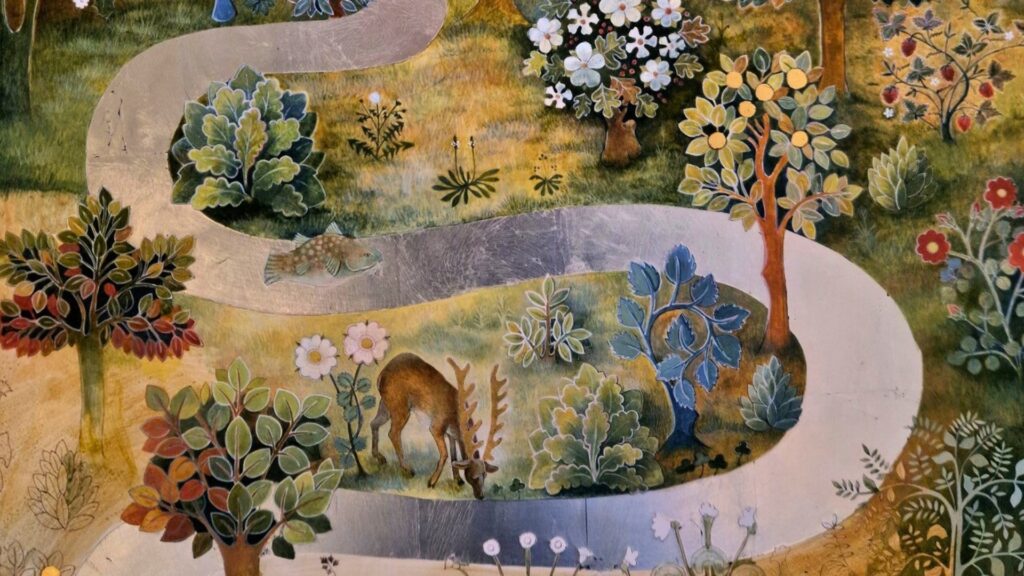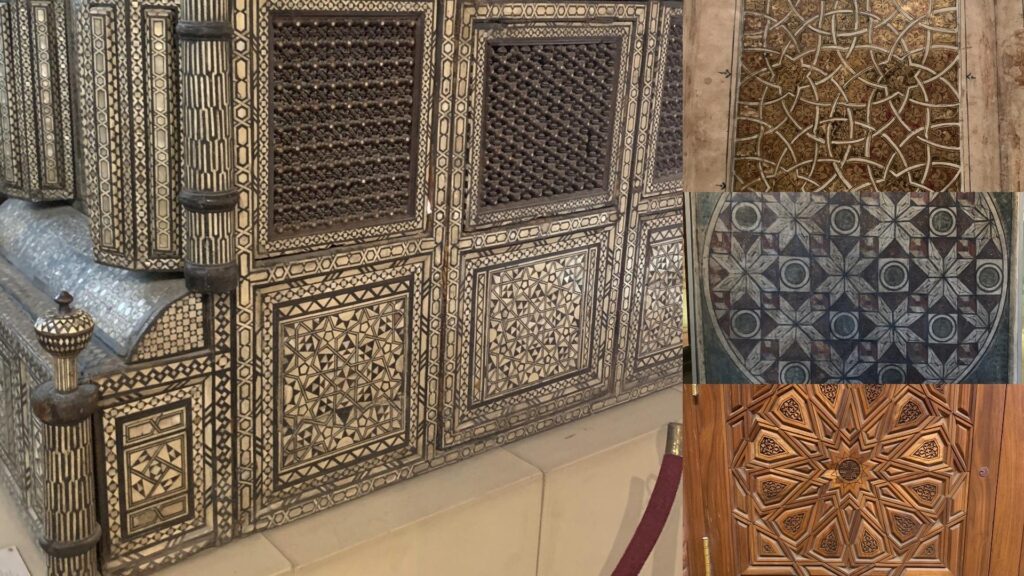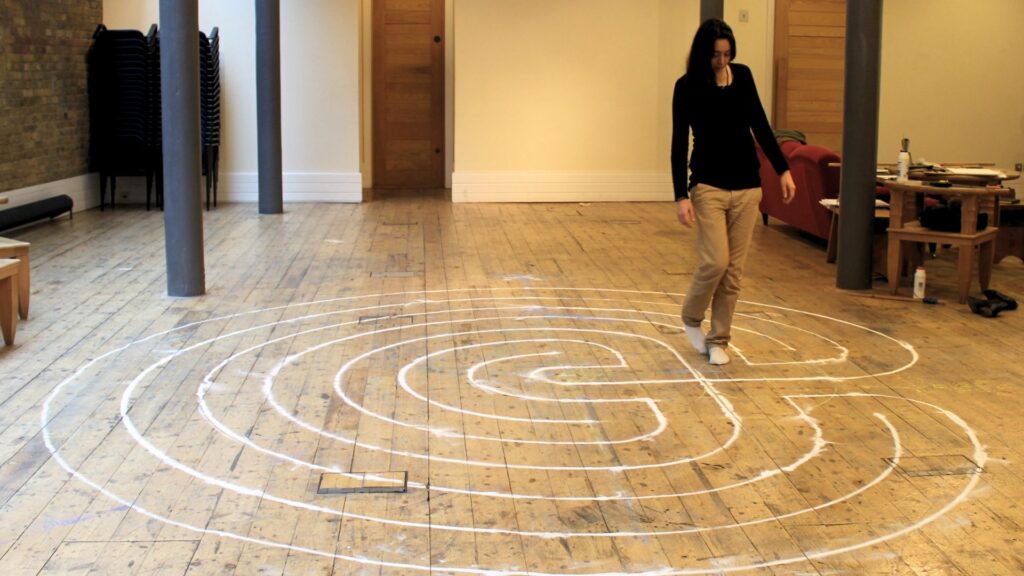Degree Show 2025
8 July – 3 August 2025

Our education programmes
Centred in the practice of traditional arts, our educational programmes guide the development of an understanding of the Order of Nature as a core inspiration for visual arts throughout time. Students come to recognise the potential of traditional art to convey beauty, to positively impact the environment, to impart wisdom, and to enrich the life of their immediate, and the global community in the most essential manner.

Short courses and lectures
Experience the traditional arts through lectures and short, practical courses taught by experts from around the world. Open to all and inspired by the media, methods and materials taught in our postgraduate programmes.

Postgraduate programmes
Integrating practical skills, knowledge, and wisdom, our postgraduate programmes strengthen artistic and personal growth. Graduates contribute to the practice, teaching, and research of the traditional arts and their regeneration around the world.

Outreach programmes
Working together with communities around the world to enable the revitalisation and continuation of traditional arts and crafts.
Icon Painting Programme
Find out more about the three-year Icon Painting Programme.





